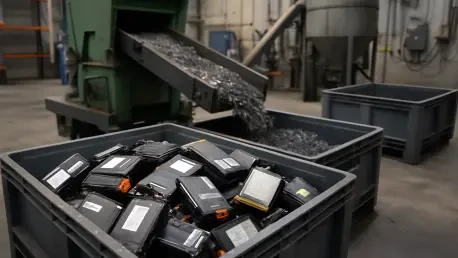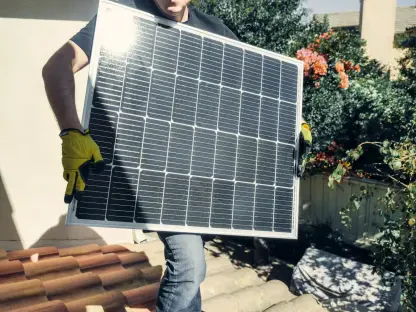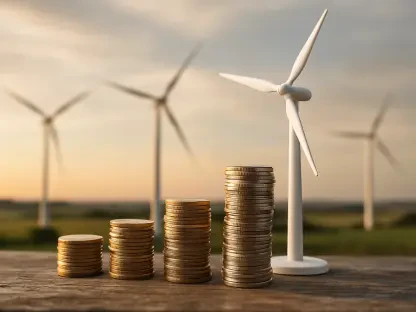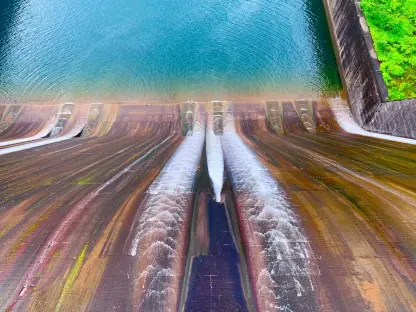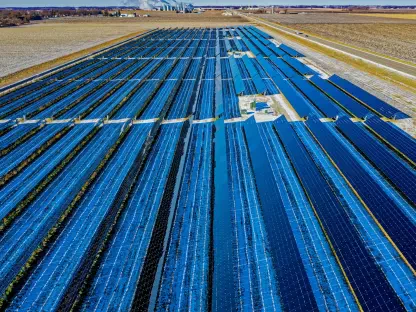I’m thrilled to sit down with Christopher Hailstone, a renowned expert in energy management and renewable energy, with a deep focus on electricity delivery and grid reliability. As our go-to utilities specialist, Christopher brings a wealth of knowledge to the table, especially when it comes to the evolving landscape of lithium-ion battery recycling and the electric vehicle (EV) industry under shifting U.S. policies. Today, we’ll dive into the challenges and opportunities facing this sector, exploring how policy changes, domestic manufacturing priorities, and market dynamics are shaping the future of sustainable energy solutions.
How do you see the reversal of clean energy incentives, such as EV tax breaks under the current administration, impacting the demand for recycled lithium in the near future?
The rollback of these incentives is certainly a concern for the EV market, which drives a huge portion of lithium demand—about 87% globally, according to recent data. In the short term, we might see a slowdown in EV adoption, which could reduce the immediate need for recycled lithium. However, the EV industry is maturing, and despite a dip in sales in some quarters, overall growth trends remain positive. I think the impact will be more about the pace of growth rather than a complete halt. At my own firm, we’re keeping a close eye on how these policy shifts influence consumer behavior and planning accordingly to adjust our recycling capacity.
What potential do you see for lithium-ion battery recycling to align with the administration’s emphasis on domestic manufacturing and critical minerals for applications like defense?
There’s a significant opportunity here. The push for domestic manufacturing and securing critical minerals for national security purposes, such as weapons production, aligns well with what recycling can offer. Recycled lithium, cobalt, and other minerals from batteries can directly support these goals by providing a steady, local supply of materials without the geopolitical risks tied to foreign sourcing. It’s a win-win—recycling not only bolsters national security but also creates jobs and strengthens our industrial base. I believe our industry can position itself as a key partner in meeting these priorities.
Can you explain how the current tariffs on imports from China and the EU are affecting operations in the battery recycling sector?
Tariffs, like the 30% rate on Chinese goods and 15% on EU imports, are definitely creating some short-term challenges. For recyclers who rely on imported components or equipment, these tariffs can drive up costs, squeezing margins in an already competitive market. However, there’s a silver lining—tariffs are encouraging more domestic sourcing, which could benefit us in the long run by fostering a stronger U.S.-based supply chain. I think this could lead to more partnerships with local manufacturers, ultimately making our operations more resilient and cost-effective.
With executive orders focusing on boosting domestic mineral production, how do you think battery recycling fits into this broader strategy?
Battery recycling fits perfectly into this strategy. Extracting critical minerals like lithium and cobalt from used batteries is often faster and cheaper than traditional mining. It’s a ready-to-go solution that can help reduce our reliance on foreign supply chains almost immediately. Unlike mining, which requires lengthy permitting and environmental reviews, recycling can scale up quickly with the right support. I see our industry as a complementary force—working alongside mining to ensure a stable, domestic supply of these vital materials while also cutting down on waste and emissions.
What are some of the biggest hurdles you foresee for the lithium-ion battery recycling industry given the rollback of EV incentives and other renewable energy policies?
The biggest hurdle is the potential slowdown in the EV market itself. With fewer incentives, EV sales might grow at a slower rate, which directly impacts the volume of batteries reaching end-of-life for recycling. Additionally, the loss of federal grants and tax credits that many companies in our space relied on for expansion could stifle innovation and capacity-building. We’ve had to rethink funding strategies and focus on private investment or alternative markets, like defense, to keep momentum. It’s a challenging time, but it’s also pushing us to diversify and adapt.
Reflecting on recent struggles in the industry, such as companies facing bankruptcy or delaying projects due to market conditions, what lessons do you think the sector can take away from these setbacks?
These struggles highlight the fragility of a nascent industry that’s heavily tied to policy and market fluctuations. One key lesson is the importance of financial resilience—companies need to secure diverse funding sources beyond government loans or grants, which can be unpredictable. Another takeaway is the need for strategic partnerships, whether with EV manufacturers or other sectors, to ensure a steady supply of materials and demand for recycled products. Lastly, these setbacks remind us to manage growth expectations realistically; overexpansion without a clear market can lead to disaster. It’s about building sustainably, even if that means slower progress.
Looking ahead, what is your forecast for the future of lithium-ion battery recycling in the U.S. amidst these policy and market shifts?
I’m cautiously optimistic about the future. Despite the headwinds from policy changes, the global demand for lithium-ion batteries is still projected to grow significantly over the next decade. Recycling will play a crucial role in meeting that demand sustainably, especially as we prioritize domestic production and national security. I believe the industry will adapt by finding new markets and refining technologies to lower costs. If we can navigate the current uncertainties and build stronger local supply chains, I think the U.S. has the potential to become a leader in recycled critical minerals, supporting both economic growth and environmental goals.
